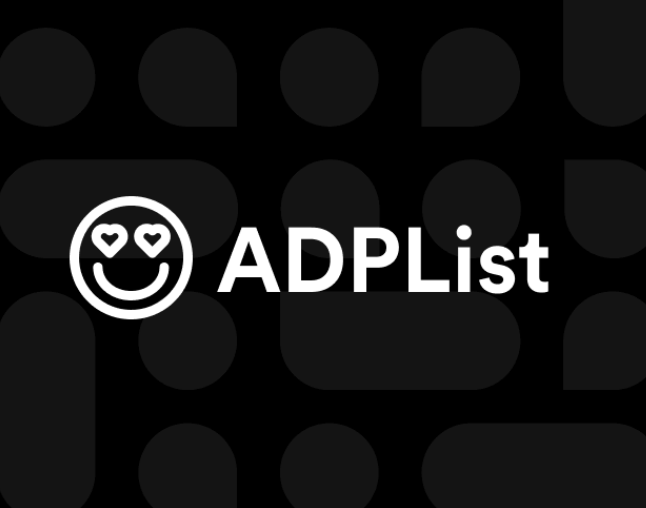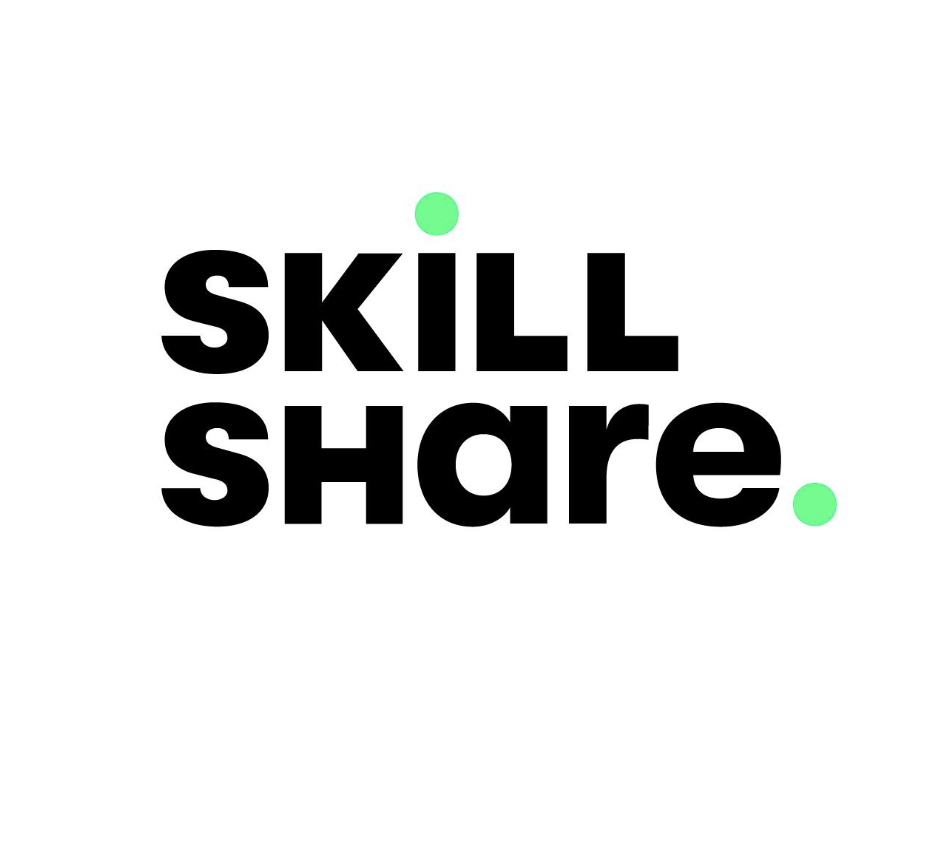Table of Contents
Public Safety Telecommunicators
The 17% risk score reflects the overall automation risk of your profession on a scale of 0–100. The higher the score, the more likely parts of your role could be handled by AI, increasing efficiency, but also raising the possibility of job disruption. Nearly all jobs include tasks that are automatable to some degree.
In this role, you operate telephone, radio, or other communication systems to receive and communicate requests for emergency assistance at 9-1-1 public safety answering points and emergency operations centers. take information from the public and other sources regarding crimes, threats, disturbances, acts of terrorism, fires, medical emergencies, and other public safety matters. may coordinate and provide information to law enforcement and emergency response personnel. may access sensitive databases and other information sources as needed. may provide additional instructions to callers based on knowledge of and certification in law enforcement, fire, or emergency medical procedures. Your job is considered Low Risk for AI automation.
Below is your job's AI vulnerability profile with salary trends and employment data, plus detailed breakdowns of tasks, knowledge areas, skills, and abilities. Each item includes AI risk scores and importance ratings to help you prioritize what to focus on. Remember, look for tasks that you can automate in your job to make you more productive, while focus on developing the areas that AI cannot easily automate. Plus, explore the technology section to see what tools and software you'll likely encounter in this role and therefore can look for AI alternatives.
You're already ahead of the curve by checking your risk and exploring your options. This project goes beyond one role, we’re building a global job warning system to help everyone stay ahead of AI. By supporting our research, you’ll unlock your full job profile, including detailed risk breakdowns, trend alerts, and priority access to new research. Supporting our research not only gives you deeper insights into your own role, it helps us keep this project alive for millions of others navigating the future of work, but don't worry, if you are not ready to support us, we provide enough free insights to get you started.
In the meantime explore the sections below, and don't miss the What to do next? section for practical steps you can start today.
Jump to Section
Salary Trends
Historical salary data for Public Safety Telecommunicators
While lower salaries may seem less attractive for automation investment, advancing AI capabilities and decreasing technology costs can still impact these roles. Focus on developing uniquely human skills to stay competitive.
*Based on US labor data
Employment Trends
Historical employment levels for Public Safety Telecommunicators
Increasing employment suggests growing demand for this role, indicating potential career stability and opportunities, but keep an eye on automation trends.
*Based on US labor data
On the job, you would
On-the-job activities and responsibilities that define your role. Each task is analyzed for automation potential and contributes to your overall AI risk assessment.
Determining response requirements and dispatching units involves critical decision-making and prioritization, which are challenging for AI to fully automate.
Recording details of calls and dispatches can be largely automated with AI systems that log and organize data, though human input is needed for context.
Questioning callers to determine locations and problems involves interpersonal communication and judgment, which are challenging for AI to replicate fully.
Database operations like input and retrieval follow rules and formats that are highly automatable.
Collaborating with coworkers for dispatch decisions requires real-time judgment and coordination that AI can assist but not replace.
Relaying emergency messages involves urgency and communication clarity, partially automatable with AI support.
Receiving emergency and non-emergency calls demands human triage, empathy, and adaptability.
Maintaining access to sensitive data can be supported by secure AI systems, but access control decisions require human oversight.
Monitoring alarm registers and map scanning is pattern-based and suitable for partial AI support, but human confirmation is vital.
Knowledge
Theoretical knowledge and understanding required for your position. Knowledge areas are evaluated for AI replacement likelihood and factor into your risk score.
Skills
Practical abilities and competencies you need to perform your job effectively. Skills are assessed for automation vulnerability and help determine your AI risk level.
Abilities
Innate and learned capabilities that enable you to succeed in your role. Abilities are analyzed for AI replication potential and contribute to your overall risk assessment.
Technology Used
Tools, software, and technological systems you use in your work.
Expert Insights
Add Your InsightsExpert comments on the job, click on the expert to see their answers.
Loading expert insights...
Loading expert insights...
What to do next?
Great news — your role is fairly safe for now, but it's smart to stay proactive. Choose your strategy below:
Recommended for Low Risk:
- • Upskill: Focus on human-centric skills that AI can't easily replicate (creativity, emotional intelligence, strategic thinking)
- • Use AI: Learn to leverage AI tools to enhance your productivity and stay ahead of the curve
- • Stay Alert: Monitor changes in your field to maintain your competitive advantage
Each tab contains curated resources designed to help you take the next step. More resources will be added over time.
Top Learning Platforms

Coursera
Unlimited access to 2,000+ courses from top universities.

LinkedIn Learning
Short, practical videos for on-the-job upskilling.

ADPList
Free global mentorship from experienced professionals in design, product, and tech.

Skillshare
Hands-on creative workshops to build your portfolio.

Udemy
Affordable deep dives on tech, leadership & more.
Top Learning Platforms

Coursera
Unlimited access to 2,000+ courses from top universities.

LinkedIn Learning
Short, practical videos for on-the-job upskilling.

ADPList
Free global mentorship from experienced professionals in design, product, and tech.

Skillshare
Hands-on creative workshops to build your portfolio.

Udemy
Affordable deep dives on tech, leadership & more.
Frequently Asked Questions
Based on our analysis, a this role has a 17% AI risk score, which is considered low risk. While some tasks in this role may be automated, the profession as a whole is for now, relatively safe from complete replacement. The key is understanding which specific aspects of your job are most vulnerable, some of which are shown on this page.
Want more detailed insights about your AI risk?
Get personalized recommendations, detailed task analysis, and ongoing AI risk monitoring with our premium insights.
Unlock Premium InsightsWill You Let AI Replace You?
Stay ahead of AI changes in your field. Get personalized updates about its impact on your career.
Join our community to receive curated insights about AI's impact on your role and industry.
Ad Space
This section is reserved for relevant ads or promotions.
